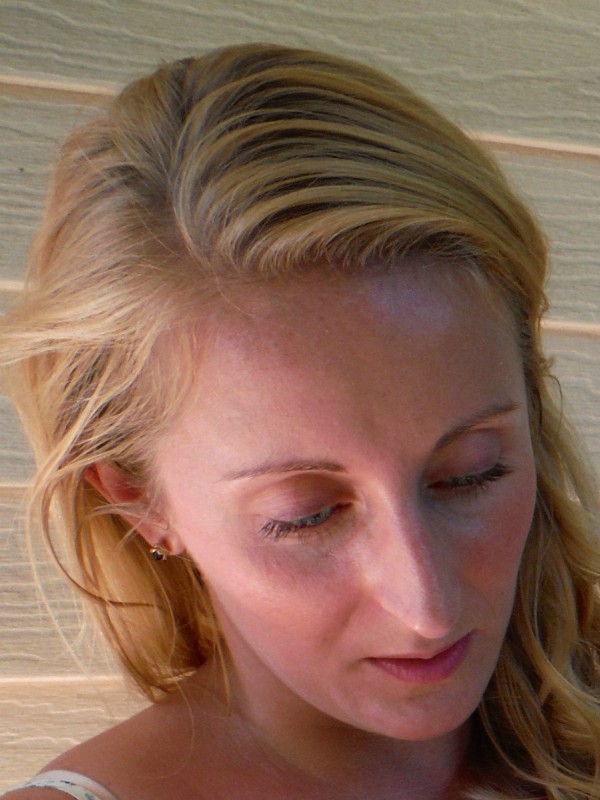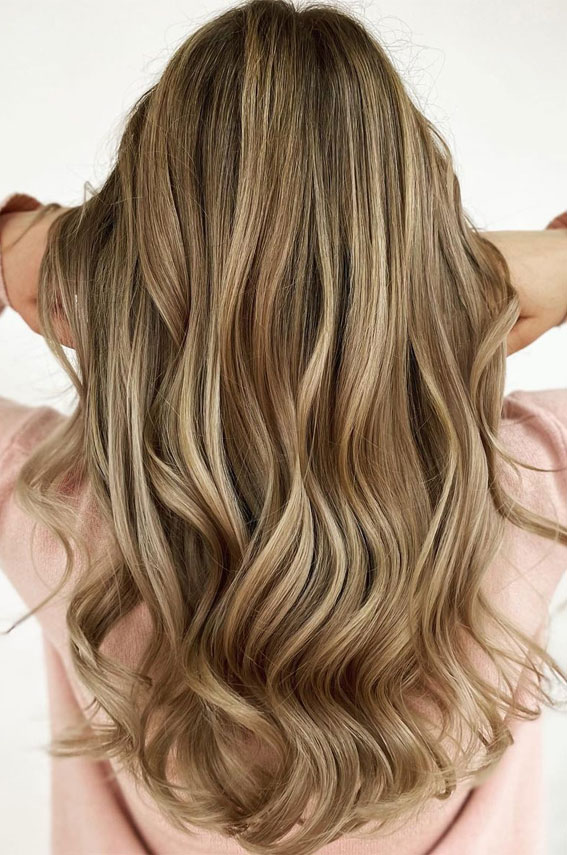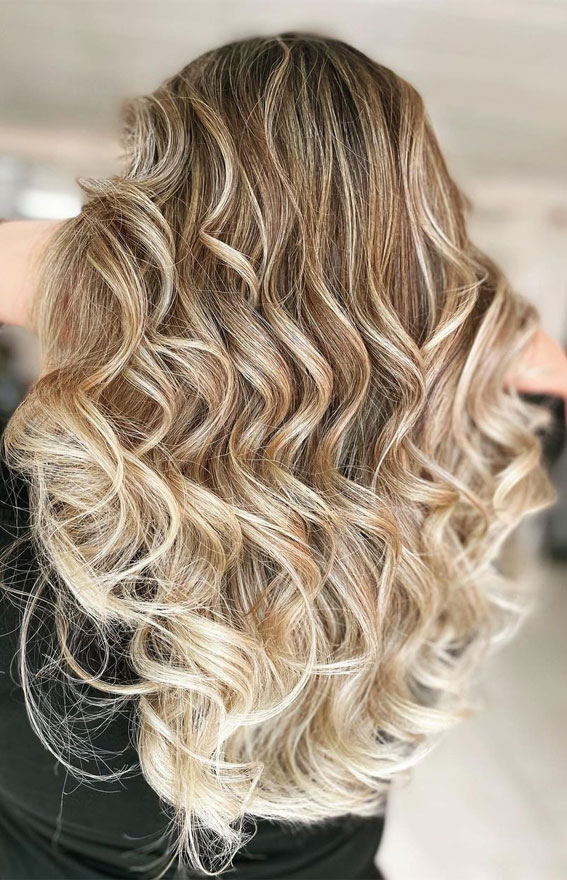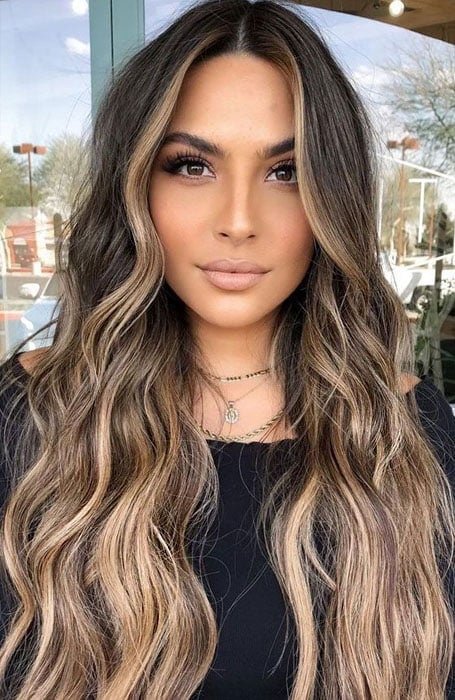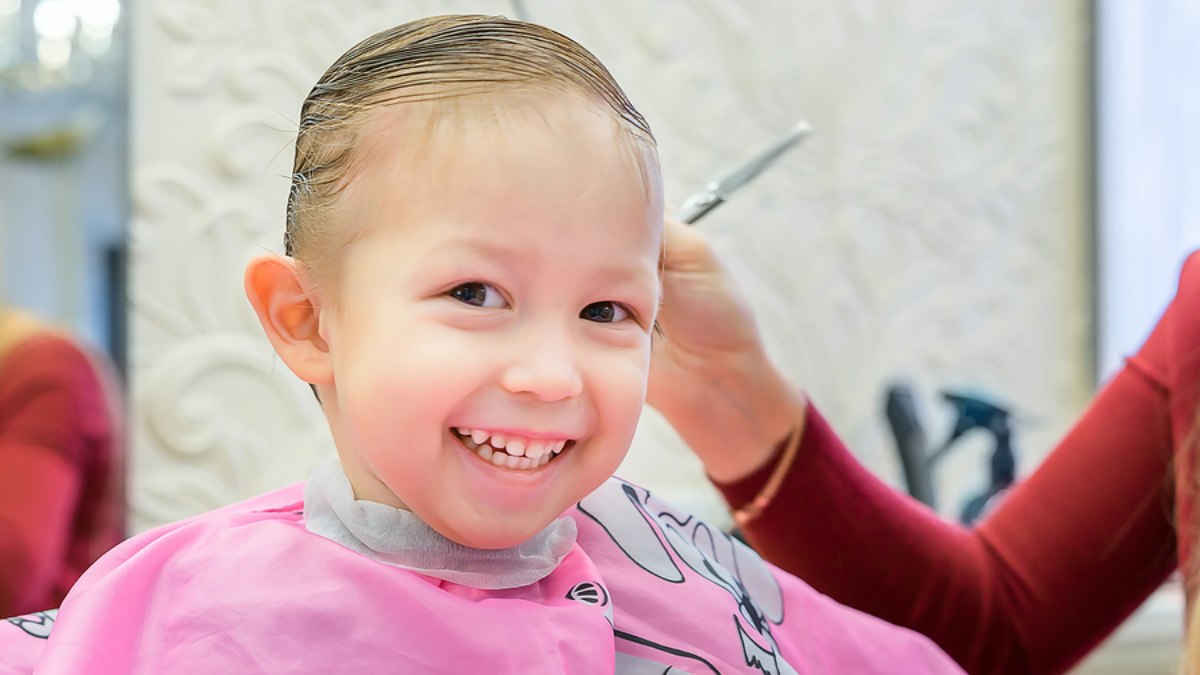Table Of Content
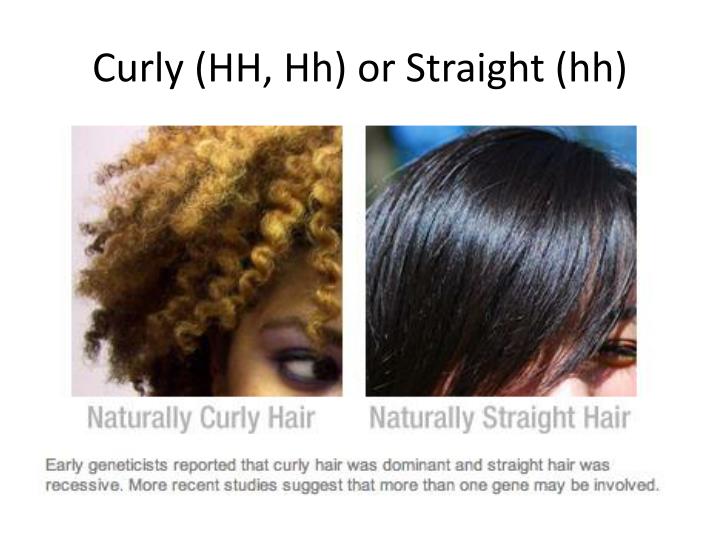
For most "traditional" genes, there is a dominant and a recessive version. What this means is that if you have either one or two copies of a dominant version of a gene, you'll look like that gene. To look like the recessive version, you need two copies of the recessive form. Have you ever caught yourself marveling at how some folks sport curls that seem to dance with life atop their heads, while others have strands as straight as arrows?
Is Curly Hair Dominant Or Recessive Gene?
Preliminary work from our own studies and experience also concurs with findings that suggest that the intrinsic ‘curved’ hair is a separate phenotype that has distinct physical, biological, mechanical and chemical features. From our review, there is little research data available on curly fibres from individuals of different ancestries. Furthermore, the available studies that used curly hair from one or two individuals of non-African ancestry are too limited in scope to generalize the results. While some of these small sample studies are proof-of-concept investigations, the scientific reliability of data based on such small sample pools needs to be confirmed to account for variabilities. Understanding the curly hair gene involves exploring the DNA instructions shaping hair follicles.
Importance of understanding evolution and genetics
This is especially true for curly hair fibres, where phenotype is usually described in race-dependent hair subjective terms. Hair fibres show wide diversity across and within all human populations, suggesting that hair fibre form and colour have been subject to much adaptive pressure over thousands of years. The creation of the highly complex biomaterials in hair follicle and how these confer mechanical functions on the fibre so formed is a topic that remains relatively unexplained thus far. We review the current understanding on how hair fibres are formed into a nonlinear coiled form and which genetic and biological factors are thought to be responsible for hair shape. This builds onto the growing knowledge base describing the control of curly hair formation. Selection explains why different hair types exist at all, but for any given person, inheritance studies suggest that curly hair mostly follows the rules of Mendelian genetics.

Genes Control Whether You Have Straight Or Curly Hair
21 Celebrities With Gray Hair Who Are Fully Embracing the Look - Glamour
21 Celebrities With Gray Hair Who Are Fully Embracing the Look.
Posted: Fri, 09 Feb 2024 08:00:00 GMT [source]
For those with this hair type battling frizz is the main focus along with maintaining healthy hydrated curls. Anti-frizz styling products that keep your hair sleek against humidity will be your go-to. Type 2A hair is a dream in versatility; it’s easy to style straight or curly. According to Morales, the pattern of 2A hair forms an S shape and is usually between fine and medium in texture.
Review of curly hair research
They can appear on one or both sides, and they often change with age. Some people are born with dimples that disappear when they’re adults; others develop dimples later in childhood. Even though we share some characteristics with our peers and our family members, every one of us has a unique combination of traits. Ryan Nelson is a passionate advocate for genetic exploration and the founder of Ancestral Attic. With a background in DNA research and a personal fascination with genealogy, Ryan is dedicated to helping individuals uncover the stories hidden within their genetic heritage.
For more information on your curly hair type, and what products you should be using to achieve your hair goals, take our curl quiz now. Curly hair is commonly found in individuals from various ethnic backgrounds, such as people of African, Mediterranean, Middle Eastern, Native American, and Jewish descent. However, anyone of any ethnic background can have curly hair as it is influenced by genetic variation within populations. Your genetic makeup also influences the number of disulfide bonds within each hair strand.
Wavy hair is the least dry of the curly hair types, therefore the scalp’s natural oils can move down the hair shaft more easily. You need to use wavy hair products which can help to enhance the wave pattern, and volumizing formulas that leave you with defined, bouncy waves. Genetics is like a curly hair genetics chart, and it involves a mix of various factors from both parents. The curly hair gene is not a straightforward dominance or recessive scenario. It’s a dance of complex genetic combinations that decide whether your locks will flow with waves or spiral into curls.
Much of what you look like comes from a combination of your parents’ DNA. Genetic information that’s embedded in your body creates a formula for what your hair is going to look like throughout your lifetime. Other factors, like nutrition, health conditions, and hormones, have less impact than the DNA that you’re born with.
These Curly Cats Are All Descended From One Rescue Kitten - The Dodo
These Curly Cats Are All Descended From One Rescue Kitten.
Posted: Wed, 09 Aug 2017 07:00:00 GMT [source]
If both of your parents were born with curly hair, chances are that you’ll be born with curly hair, too. But there are cases where two curly haired parents can produce a child with straight or wavy hair. With so much curl diversity within the natural hair community, it can be hard to figure out where you fit—and more specifically, what your curl type is. If you’ve ever found yourself asking "What is my curl type and how do I care for it?" We've got expert-level answers. It turns out that curly hair is actually a dominant gene, which means that if you have it, you’ll pass it on to your kids. That’s right, folks, you can blame your parents for your curly locks.
For the curvature sublayer, research activities focus on developing and using appropriate geometric descriptors (e.g. curvature degree, index, width, depth and amplitude) for various applications. The taxonomy sublayer hosts research activities that develop and describe taxonomies, which classify fibres in order to support further (other) fibre investigations. Various visual/surface characteristics of the fibre (e.g. lustre, diameter and stiffness) are studied in the surface sublayer. Factors other than genetics can also influence hair texture and thickness.
It is essential for individuals with curly hair to see themselves reflected positively in the media to boost their confidence and self-identity. Extrapolated from the broad focal points of relevant research activities, the model architecture exists as three main tiers, namely the formation (why), characterization (what) and behaviour (how) levels. A fourth tier, the novel level, exists alongside other levels and leaves a vacancy for new topics relating to curly hair research (figure 6). Structure of a curly hair fibre, showing detail of the growing and keratinized parts. Hormones can reshape the hair follicle structure during specific life events, such as pregnancy or menopause. The information stored in our DNA dictates many aspects of our appearance, including the texture and color of our hair.
As these papillary centres function autonomously, they are likely to generate an asymmetric fibre unless they operate in precise unison. It has also been argued that the fibre is flattened in the DP by certain proliferating mechanisms to produce an elliptical fibre shape [86]. Another theory has suggested that the hardening of the IRS and ORS before fibre formation constrains growth and results in a specific transverse and longitudinal shape [26,85]. Metabolites that have been suggested as key to controlling the fibre shape are proteoglycans [87], lipids and exosomes [23].





